Last updated on April 15, 2024

Kellan Joins Up | Illustration by Wylie Beckert
A'ight, partners… Here's where the Outlaws of Thunder Junction‘s plot thickens.
Among the new mechanics that this Western-themed MTG set introduced, plot is probably the most complex: This keyword ability involves casting spells for free, and it's quite picky when it comes to timing restrictions.
On the other hand, it was specifically designed to let us think, plot, and scheme like villains, allowing us to make plays now to have a huge turn later. So let's turn our big brains on, and find out all the plot twists!
How Does Plot Work?

Loan Shark | Illustration by Wayne Reynolds
Plot is a keyword ability that lets you exile a card and cast it on one of your later turns… for free!
The majority of the time you'll see it as “Plot [cost]” on cards that plot themselves, like for example Railway Brawler. But some effects can exile another card, and then turn that exiled card into a plotted card: Jace Reawakened or Lilah, Undefeated Slickshot, for example.
The rules are:
- For cards that have “Plot [cost],” you must use the plot ability with the same timing restrictions as a sorcery – that's to say, whenever the stack is empty during your main phase.
- You can't cast the plotted spell the same turn you plot it.
- When you cast the plotted spell from exile on a later turn, you must cast the plotted card at sorcery speed – even if it's an instant or has flash,
For example, if you have Railway Brawler in hand, you can pay the plot cost of and exile it. The Brawler then becomes plotted and, on any of your later turns, you can cast it from exile for free any time you could cast a non-flash creature.
If you plot an instant with Lilah, Undefeated Slickshot, you can cast the plotted instant for free on a later turn, but since it was plotted you'll have to cast it at sorcery speed.
By the way: The card Deadly Designs from Conspiracy uses plot counters. Those plot counters have nothing to do with the plot keyword.
The History of Plot in MTG
The plot keyword ability was introduced in Outlaws of Thunder Junction. According to MTG Head Designer Mark Rosewater, they wanted a mechanic that illustrates the villains' intelligence, that lets players scheme and plan ahead. They got some inspiration from Kaldheim‘s foretell mechanic (which also lets you set aside spells and cast them later), and that's how they came up with the plot mechanic.
Is Plot an Alternative Cost?
Plotting a card from your hand is a special action, similar to turning a creature with morph face-up. That means the actual act of using a plot ability doesn’t use the stack and can’t be responded to. Casting a plot card from exile is an alternative cost (casting without paying its mana cost). That means you can’t pay other alternative costs on that card if you’re casting the plotted card from exile.
You don't have to cast a plotted card if you don't want to (that's to say, it may remain in exile indefinitely if you want), but if you do cast it then you have to cast it for 0 – in other words, “alternative” doesn't mean “optional” in this case.
Most of the time you'll be very happy to cast the plotted card for free, of course. But if you happen to plot Form a Posse with Lilah, Undefeated Slickshot, X will be 0 when you cast Posse, and you'll create zero Mercenaries.
You can still pay any extra costs, though, like kicker. In particular, you can use any (or all) of the additional costs of a spell with spree, another new mechanic from OTJ.
Is Plot an Activated Ability?
No, it is not.
This may sound weird since in most cases you pay a cost to plot a card, but notice that it's missing the “:” that is the telltale sign of an activated ability.
The “Plot [cost]” ability is a special action, and doesn't use the stack.
Can You Counter Plot?
The plot action, nope. It's a special action that doesn't use the stack, so there's no window for you to counter it.
That's to say, if I have Railway Brawler in my hand and decide to plot it, there's nothing you can do to stop me from exiling the card and plotting it.
But!
I still have to cast the plotted card (on a later turn), and you can counter it then. When I cast it, we can forget about all the other plot twists (the card is in exile, I can cast it for free, I must cast it at sorcery speed, etc.) and the only thing that matters is that I'm indeed casting it. Since I'm casting it, it now uses the stack and counterspells will work at this point.
Caveat: Your counterspell still needs to be able to target whatever I'm trying to cast; if I'm trying to cast a plotted Railway Brawler, then Negate won't work since my Brawler is a creature spell. Casting a card “as a sorcery” just refers to the timing; it doesn't turn the plotted card into a proper sorcery.
Can You Plot at Instant Speed?
Nope. Only as a sorcery, when you have priority during your main phase while the stack is empty.
This applies both to when to use the plot ability, and when to cast the plotted card. If you plot an instant with Lilah, Undefeated Slickshot, you'll have to cast it at sorcery speed (on a later turn).
The only time this isn’t true is during the resolution of another spell or ability. Jace Reawakened and Aven Interrupter have abilities that can plot a card while it’s not your turn or when there’s something on the stack already. They’re not using the plot special action though, they’re plotting as part of an ability resolving.
Plot vs. Foretell
Plot is in part inspired by Kaldheim‘s foretell mechanic; both mechanics let you exile a card from your hand that you can play on a later turn.
Plot's main difference is that you can cast any plotted card for free. A card that's been foretold can technically also be cast for free, like Scorn Effigy, but most of the time the cost is greater than 0, sometimes by a lot.
On the other hand, foretell is a lot more flexible in its timing. You must foretell during your turn, but you can do so whenever you have priority (whereas you must plot at sorcery speed). And if the foretold card is an instant, you can cast it from exile as an instant (while plotted cards must be cast at sorcery speed).
The most clear example of the difference in timing is counterspells. If you foretell Saw It Coming, you can later use it on your opponent's turn. But if you were to plot a counterspell, that card would effectively be dead: Plotted cards must be cast at sorcery speed, and you just can't cast most counterspells at sorcery speed.
Last but not least, there's a difference in how much information you reveal: Foretold cards are exiled face down, which means your foes don't know exactly what you're foretelling. Plotted cards are exiled face-up, letting your foes know what's coming.
Gallery and List of Plot Cards
There are 31 cards in the Outlaws of Thunder Junction main set (OTJ) with the plot ability, plus two others included in the Commander precons (OTC).
There are an additional six cards, all of them from OTJ, that plot other cards but don't have the plot ability themselves.
Lastly, there's one card, Doc Aurlock, Grizzled Genius, that reduces plotting costs.
Here are the 33 cards with the plot ability:
- Lock and Load
- Pyretic Charge
- Dust Animus
- Sheriff of Safe Passage
- Stagecoach Security
- Djinn of Fool's Fall
- Loan Shark
- Outlaw Stitcher
- Plan the Heist
- Slickshot Lockpicker
- Step Between Worlds
- Visage Bandit
- Blacksnag Buzzard
- Pitiless Carnage
- Rictus Robber
- Unscrupulous Contractor
- Brimstone Roundup
- Cunning Coyote
- Demonic Ruckus
- Highway Robbery
- Irascible Wolverine
- Longhorn Sharpshooter
- Slickshot Show-Off
- Stingerback Terror
- Aloe Alchemist
- Beastbond Outcaster
- Freestrider Commando
- Outcaster Trailblazer
- Railway Brawler
- Rise of the Varmints
- Spinewoods Paladin
- Tumbleweed Rising
- Pillage the Bog
Here are the six cards that can plot other cards:
- Aven Interrupter
- Fblthp, Lost on the Range
- Kellan Joins Up
- Lilah, Undefeated Slickshot
- Make Your Own Luck
- Jace Reawakened
Best Plot Cards
Jace Reawakened

You can almost hear the MTG designers saying to each other: “Let's be careful here and don't break anything, okay?” and then slapping the “Can't cast this before turn 4” on it.
The obvious way to use this legendary blue planeswalker is to plot spells until you can activate Jace’s -6 loyalty ability, then have a huge turn when you cast everything and copy all your spells.
But attentive folks have already found some more broken things to do: Jace can plot an MDFC card like Valki, God of Lies since it just costs , but once plotted you can cast the other side, Tibalt, Cosmic Impostor for free.
Aven Interrupter
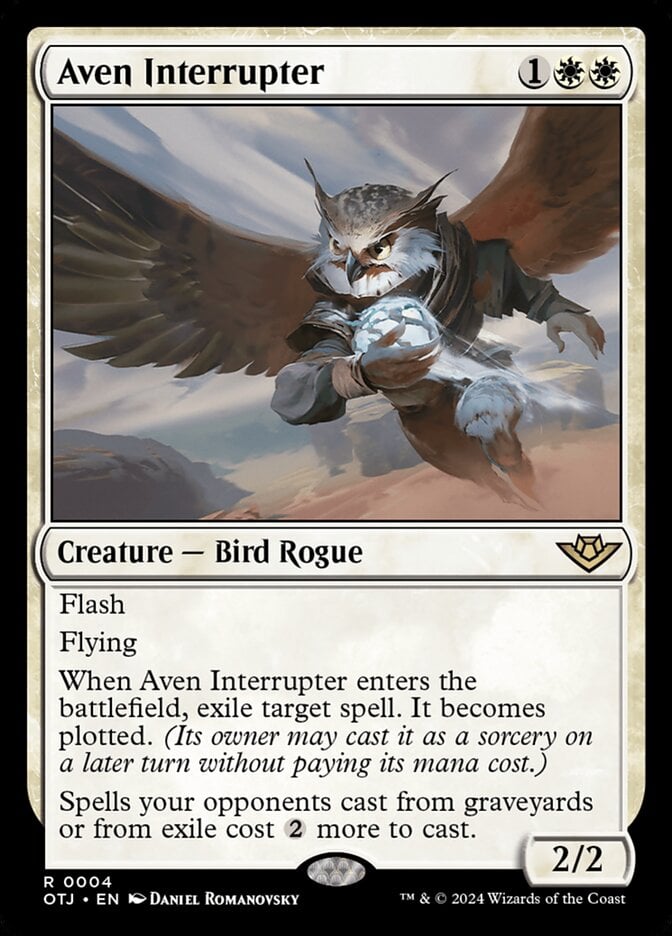
While Jace Reawakened seems to me a bit of a “will either be broken, or bad; nothing in between!” sort of card, I'm pretty sure that Aven Interrupter will see play.
This white creature is amazingly annoying (and you know that's enough for some players!), and with any sort of blink this bird rogue becomes a serious control tool: Plotting a card from the stack can deal with uncounterable spells, and any counterspell you plot becomes effectively useless (since they don't work at sorcery speed!).
Lilah, Undefeated Slickshot

Lilah's effect pretty much reads “All your multicolored non-permanent spells have flashback for free next turn, but at sorcery speed.” And Lilah, Undefeated Slickshot is of course in the color pair that loves slingin' spells the most, so I'm predicting spellslinger decks' stocks to go up.
Round Up
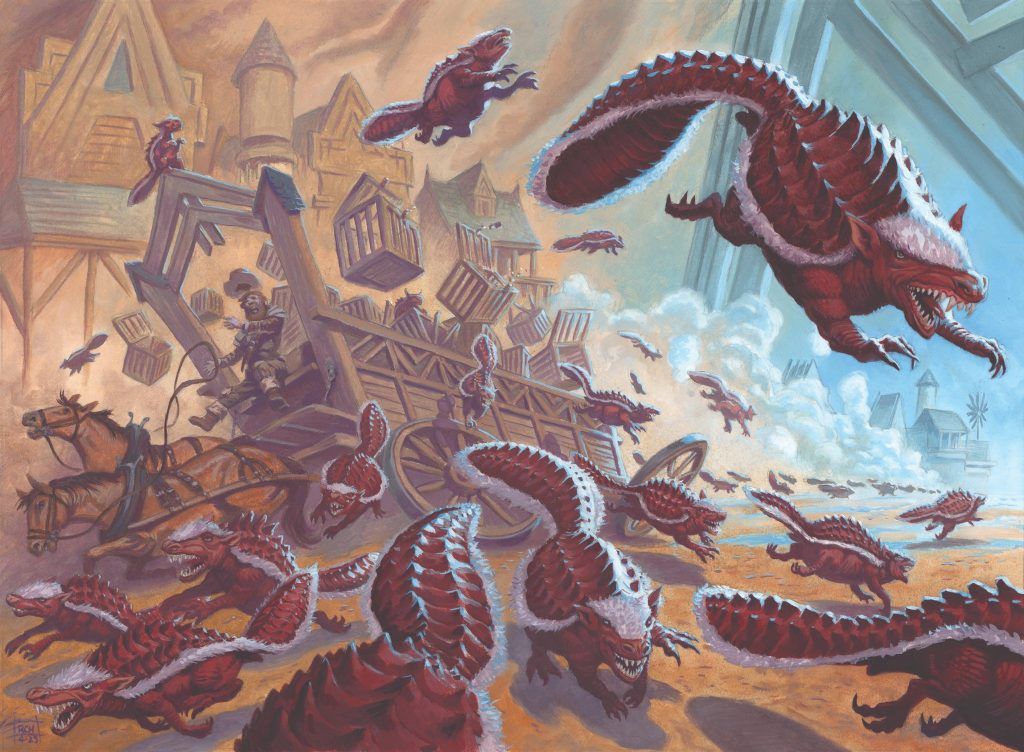
Rise of the Varmints | Illustration by Ralph Horsley
I just looove me some spellslingin', and plotting is the Outlaws mechanic I'm most intrigued by. The timing restriction of plotted instants feels a bit weird and will take some time (and a few judge calls…) getting used to, but it was probably done to avoid making cards like Lilah or Jace too powerful.
If the mechanic works reasonably well, I can absolutely see it becoming a frequent addition to future sets, or even an evergreen keyword: There's a lot you can do with it, from smoothing your curve to setting up huge combo turns.
I hope you've enjoyed this mechanical deep dive, and if you have comments or questions please drop a comment below, or stop by the Draftsim Discord for a chat.
And good luck out there!
Follow Draftsim for awesome articles and set updates: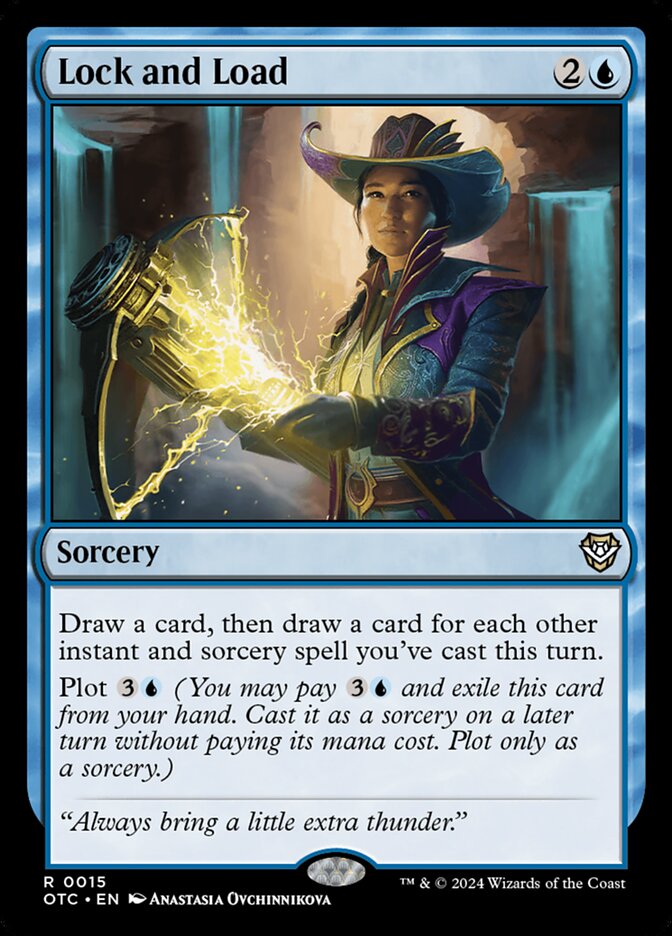
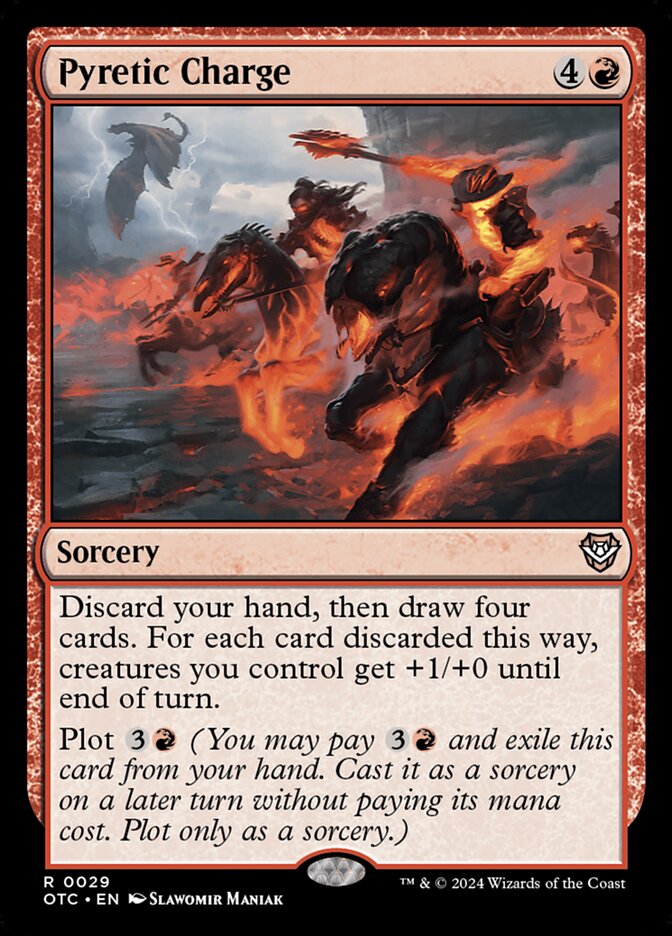


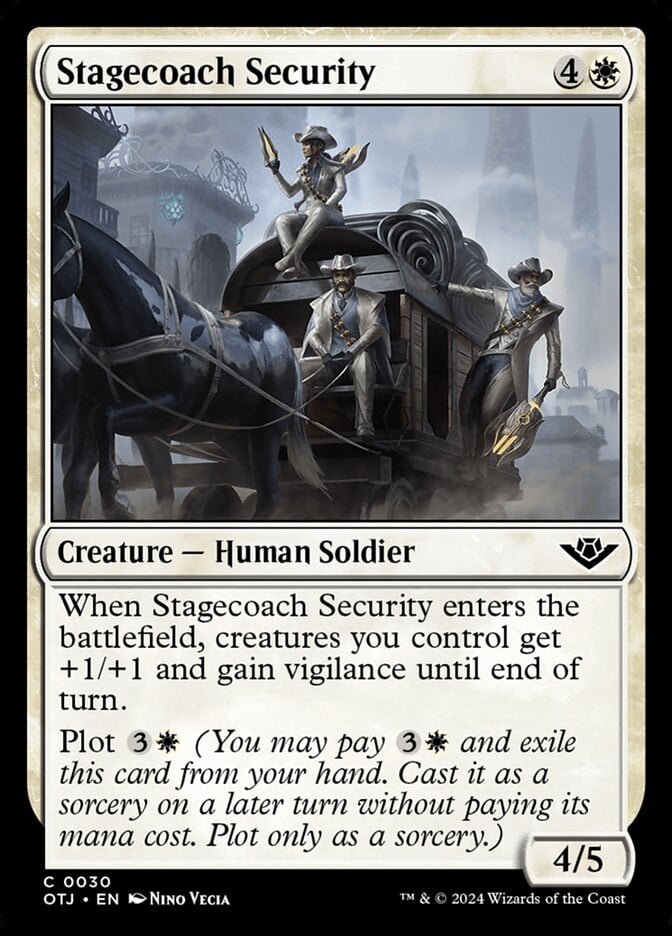
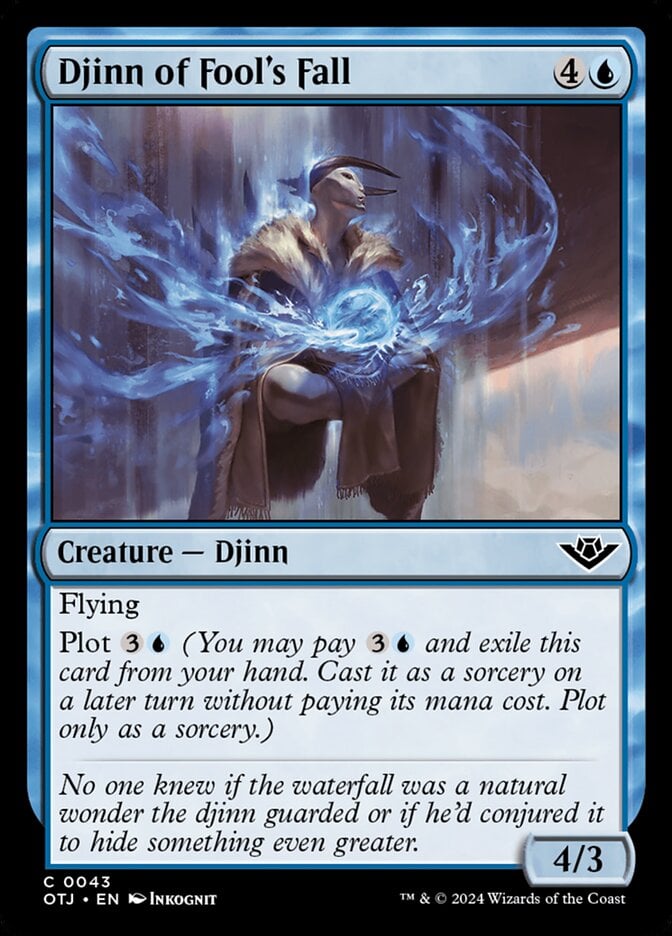
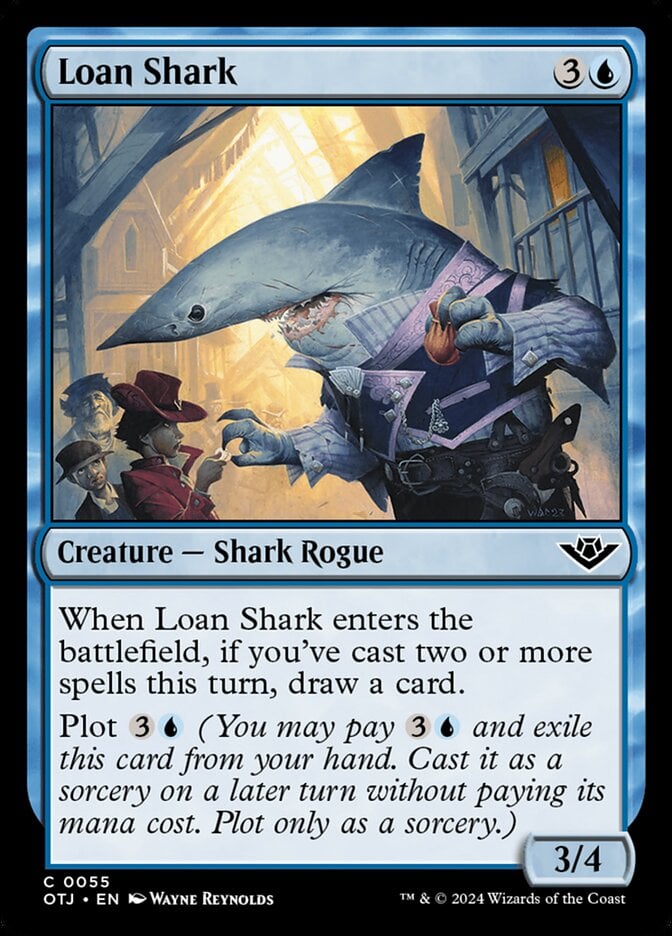
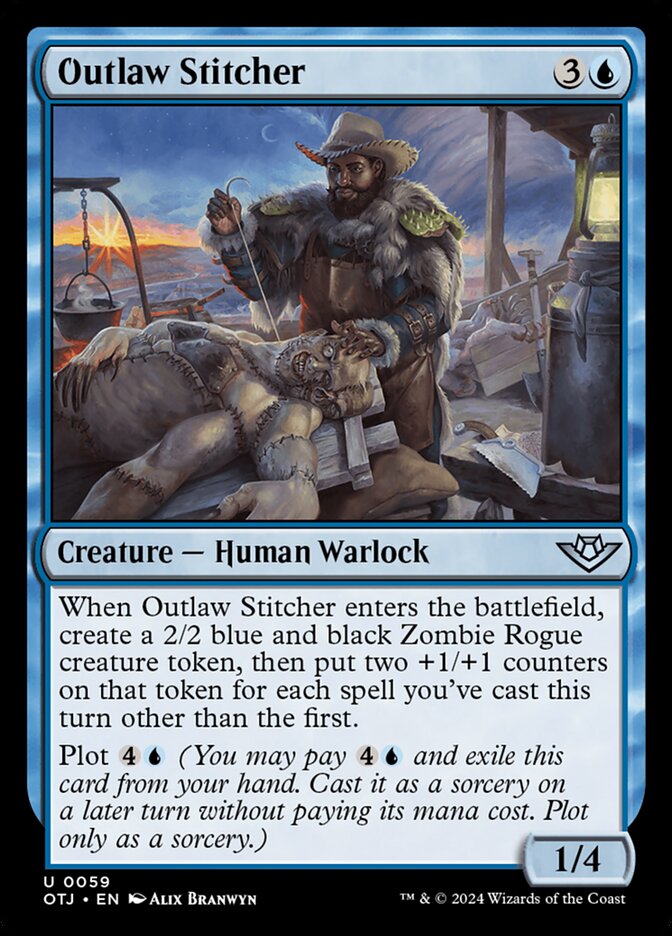
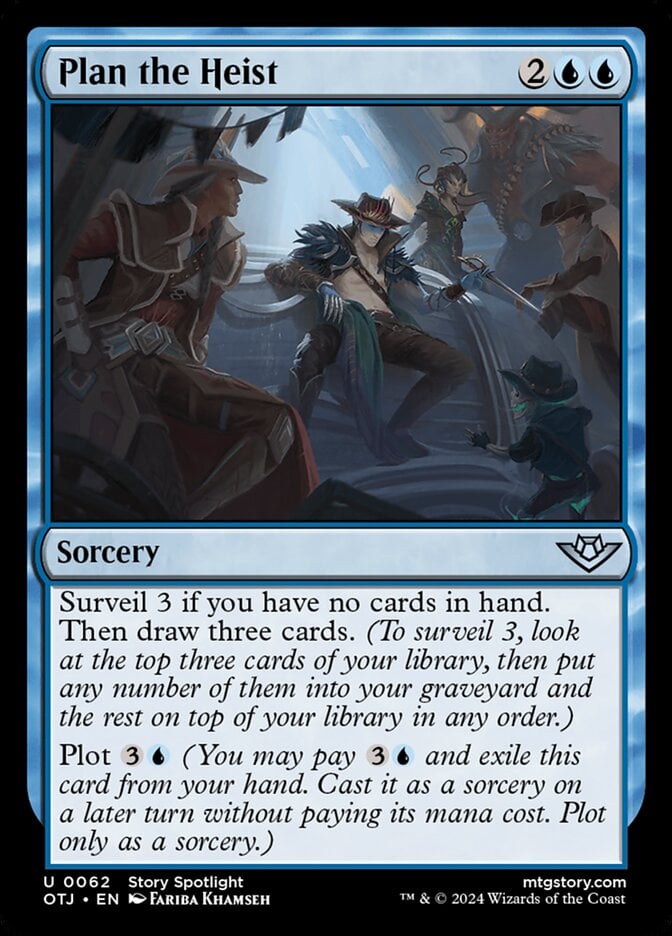
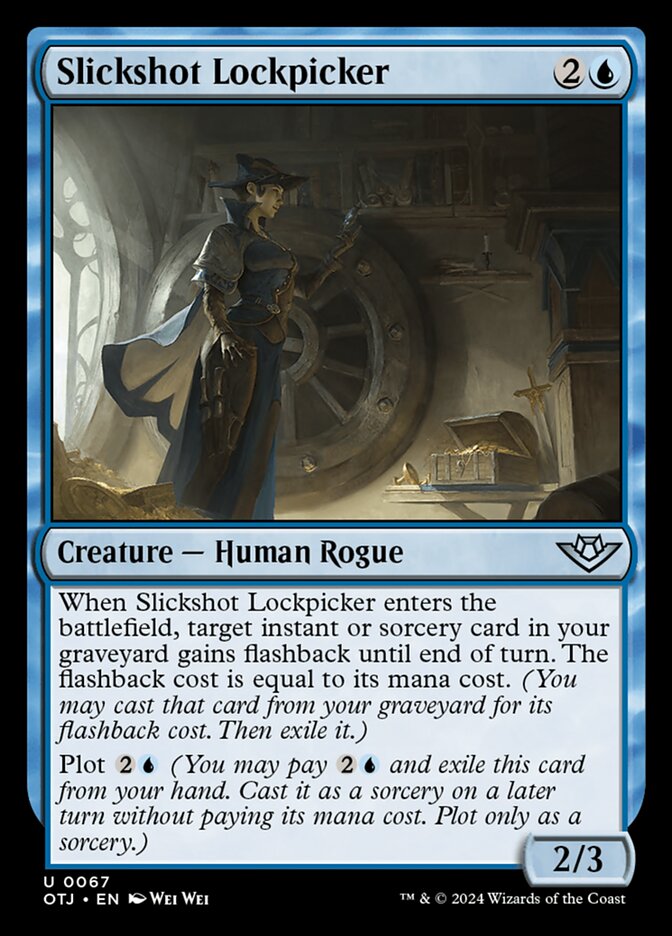
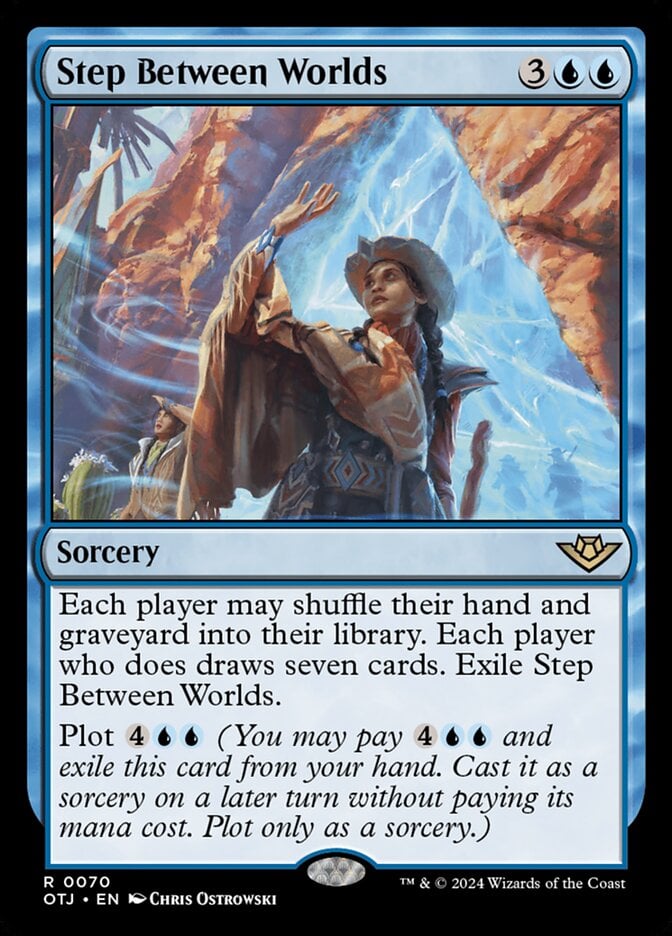
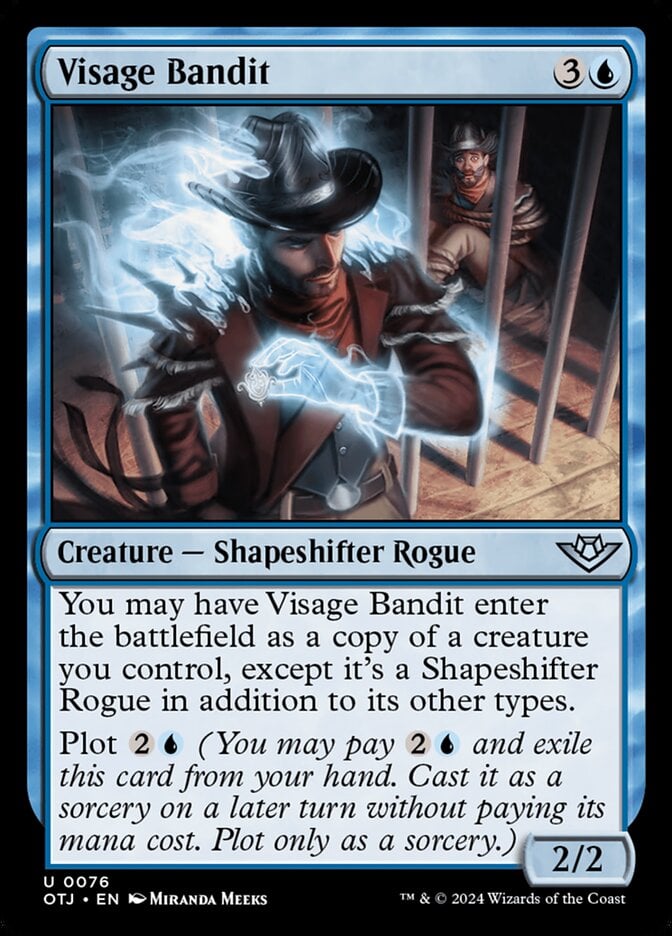
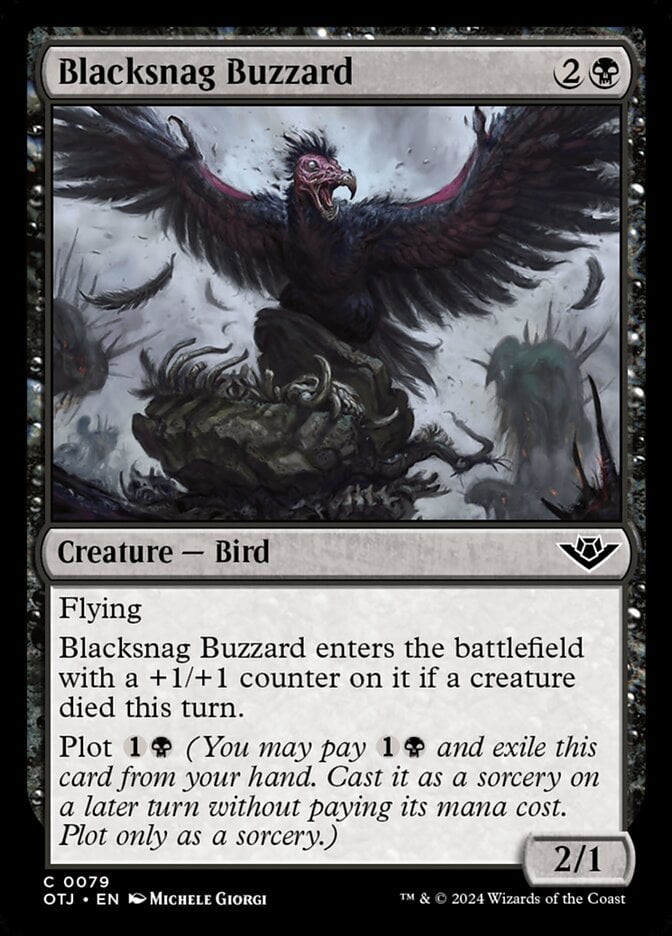
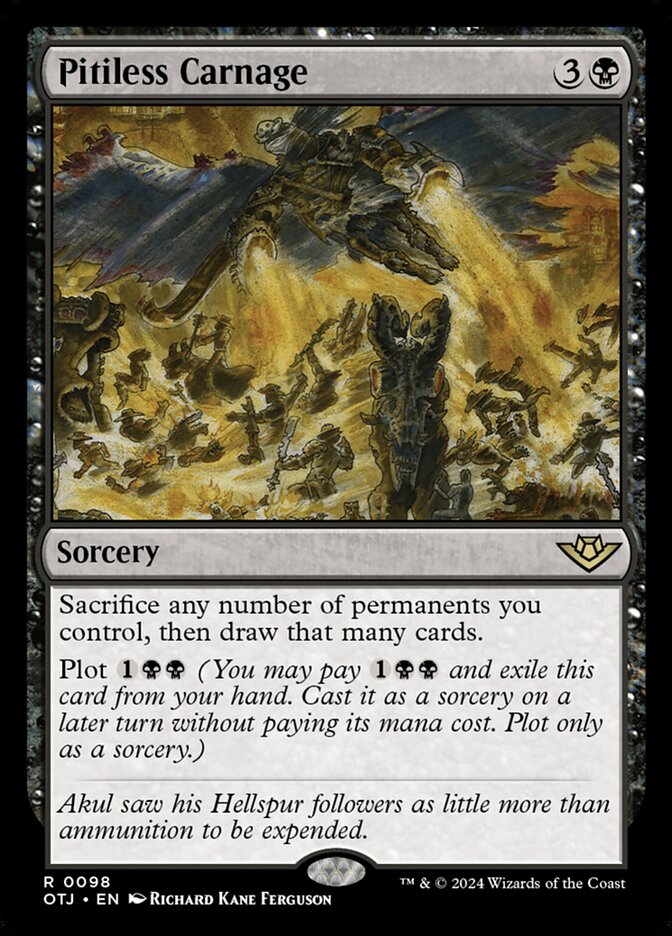
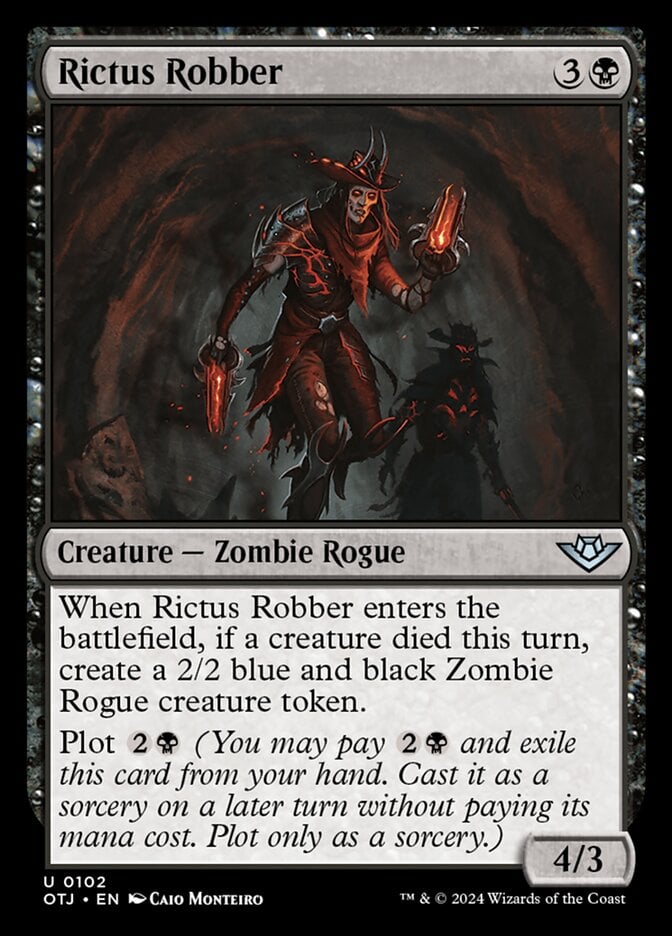


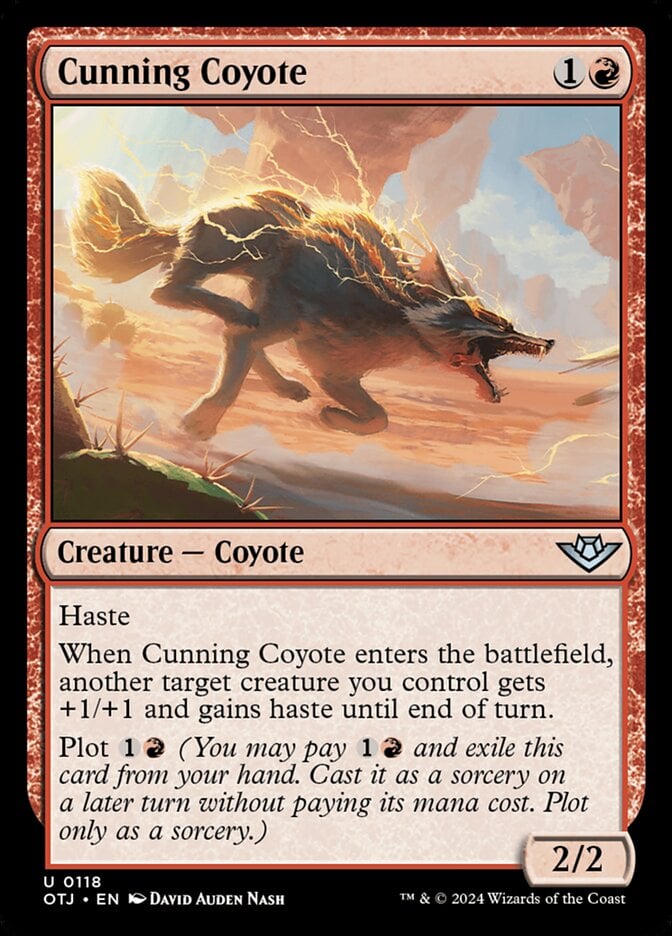
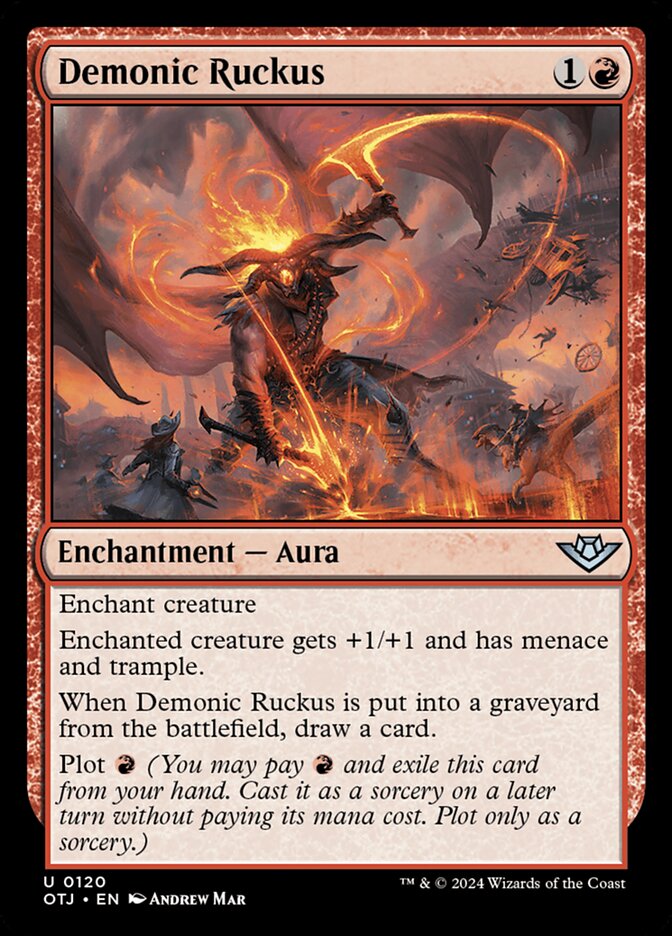
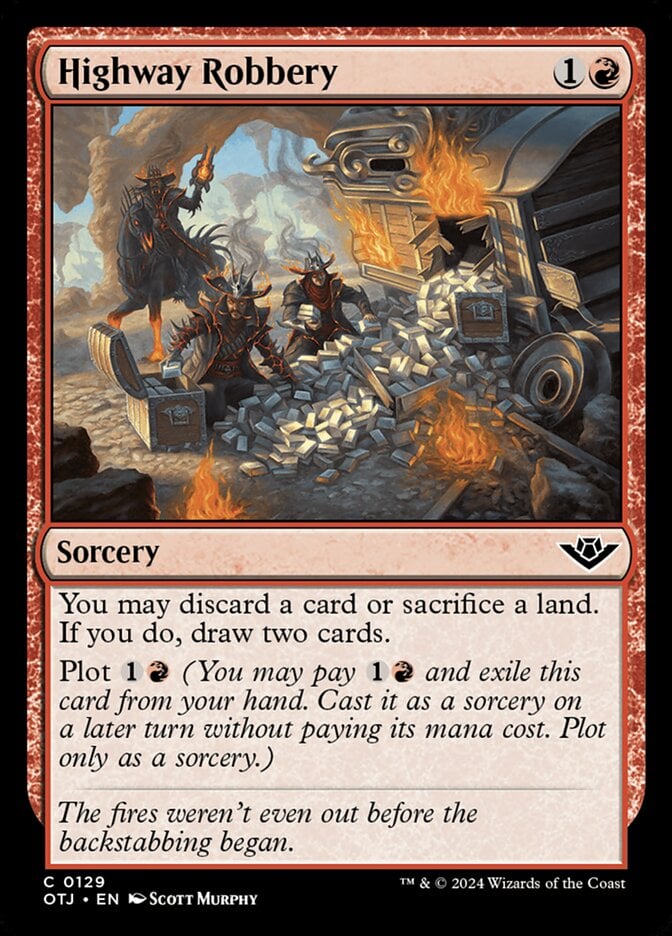
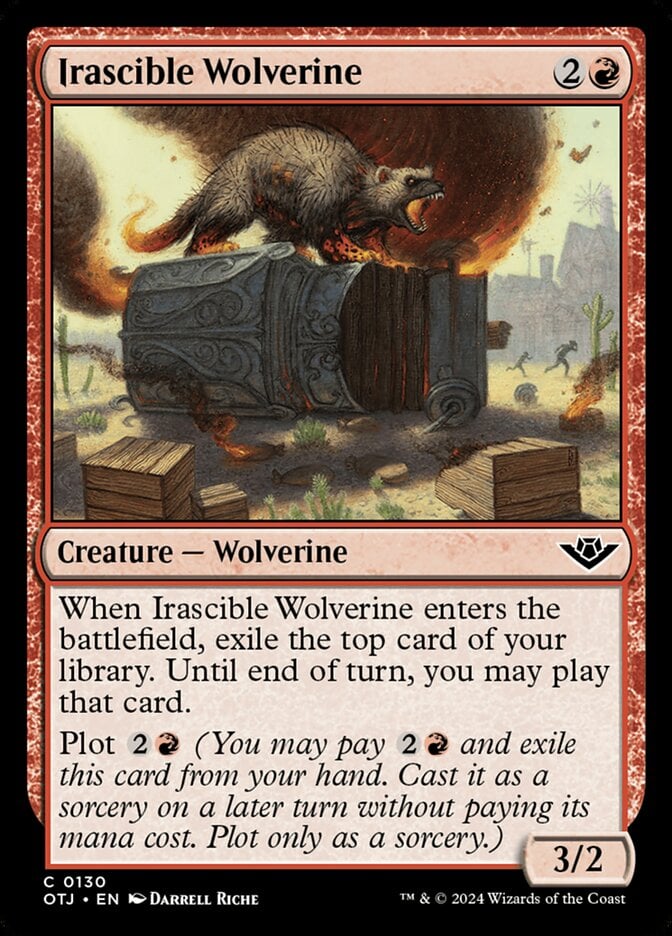
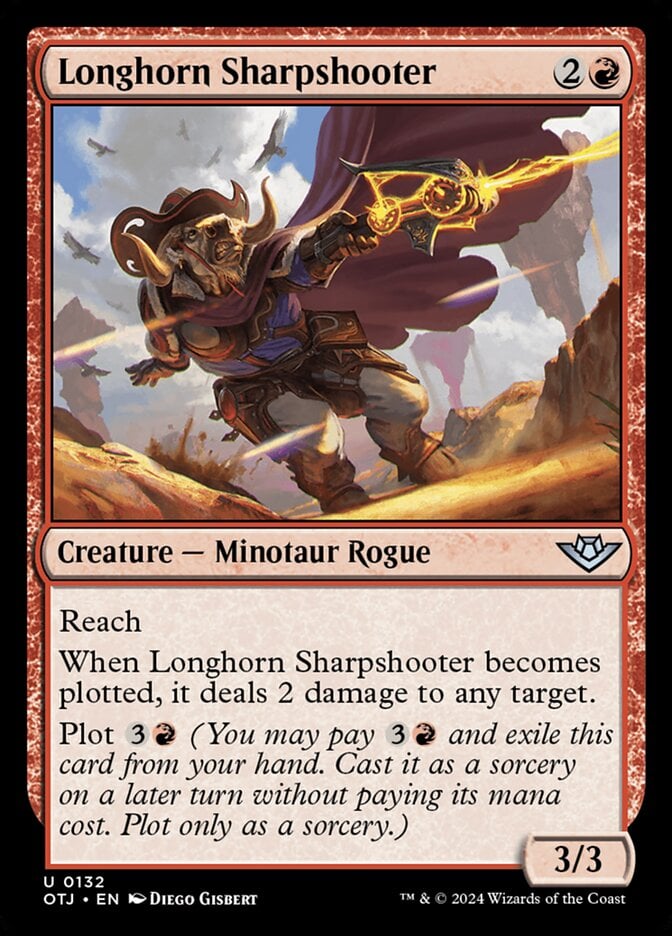
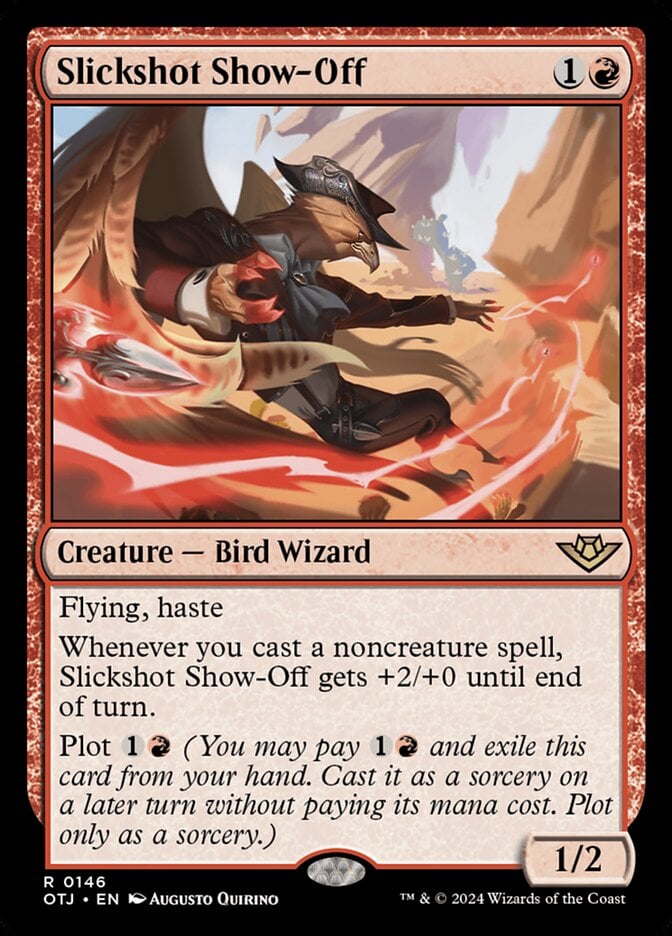

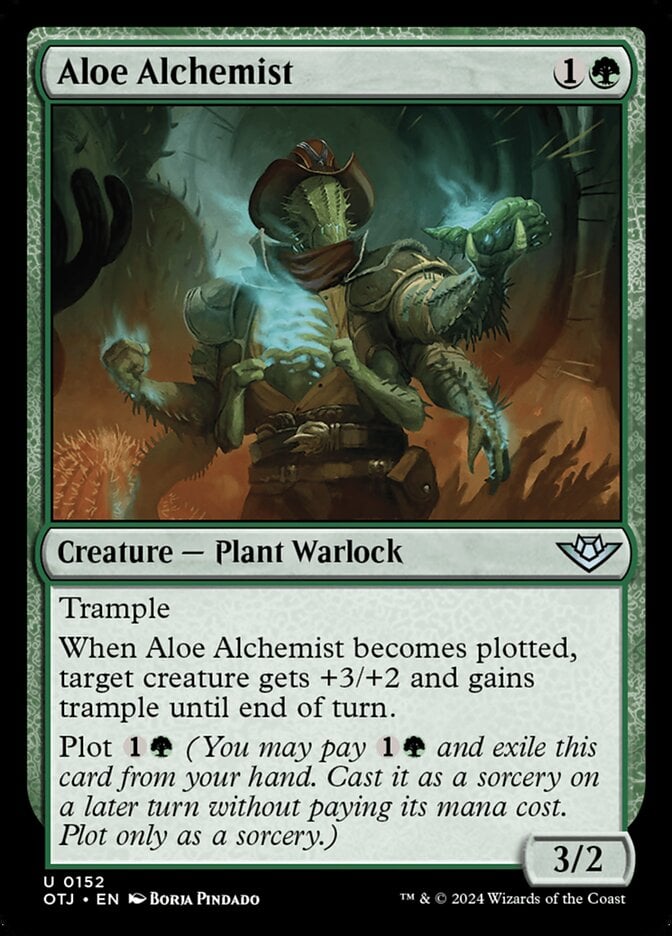
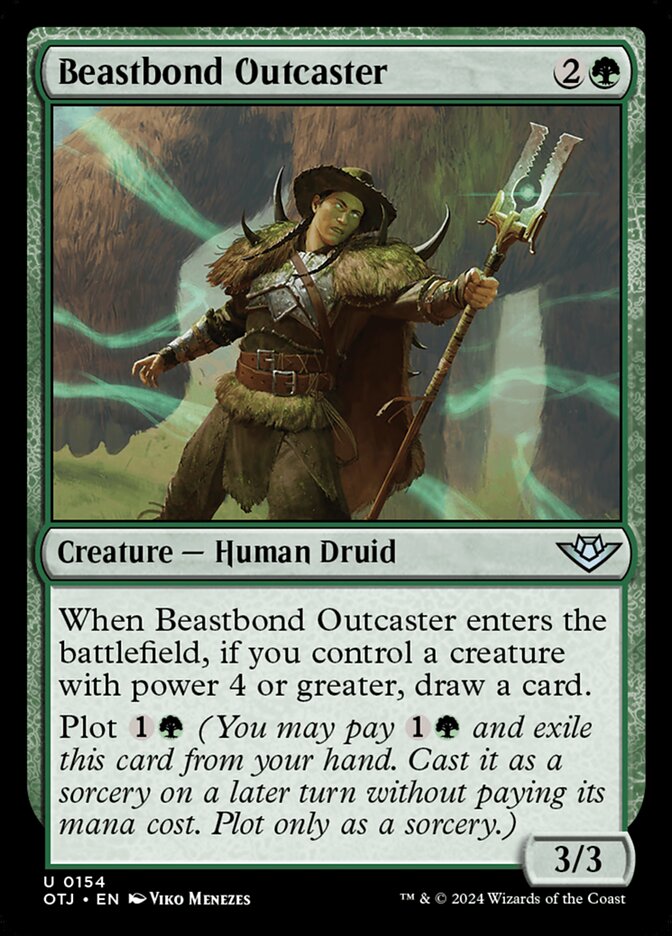
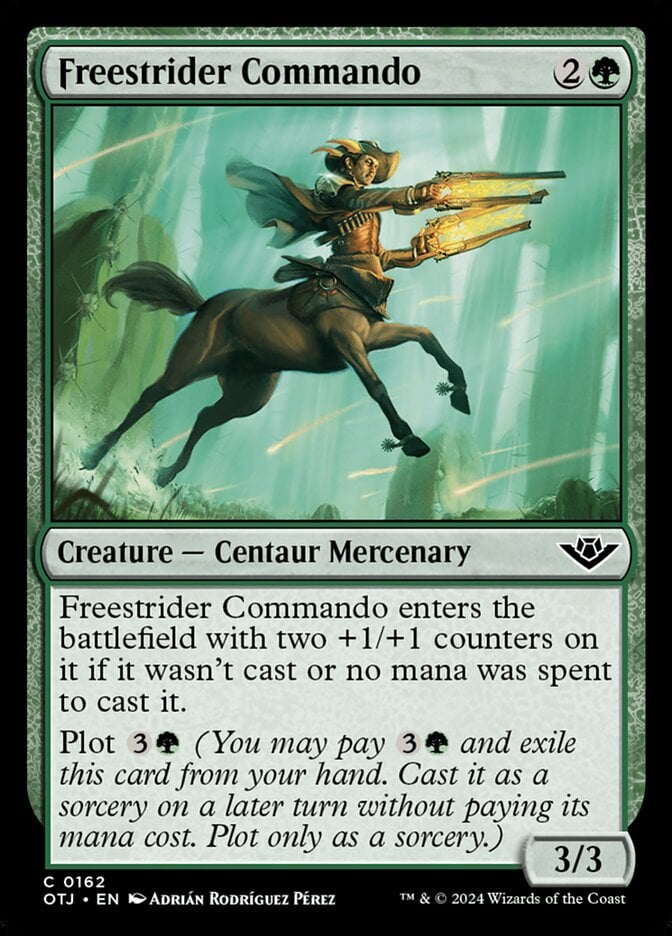
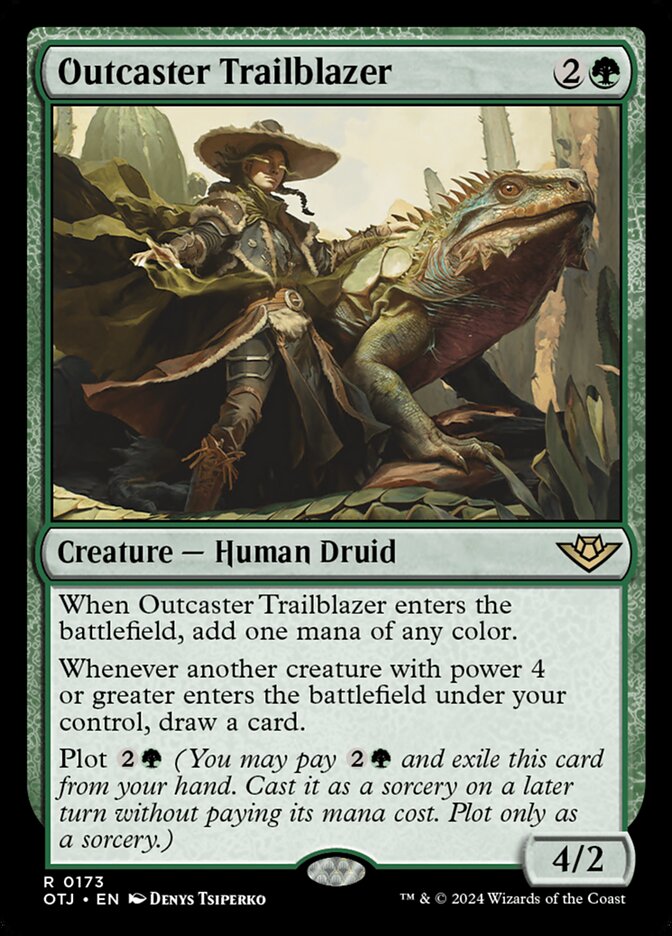

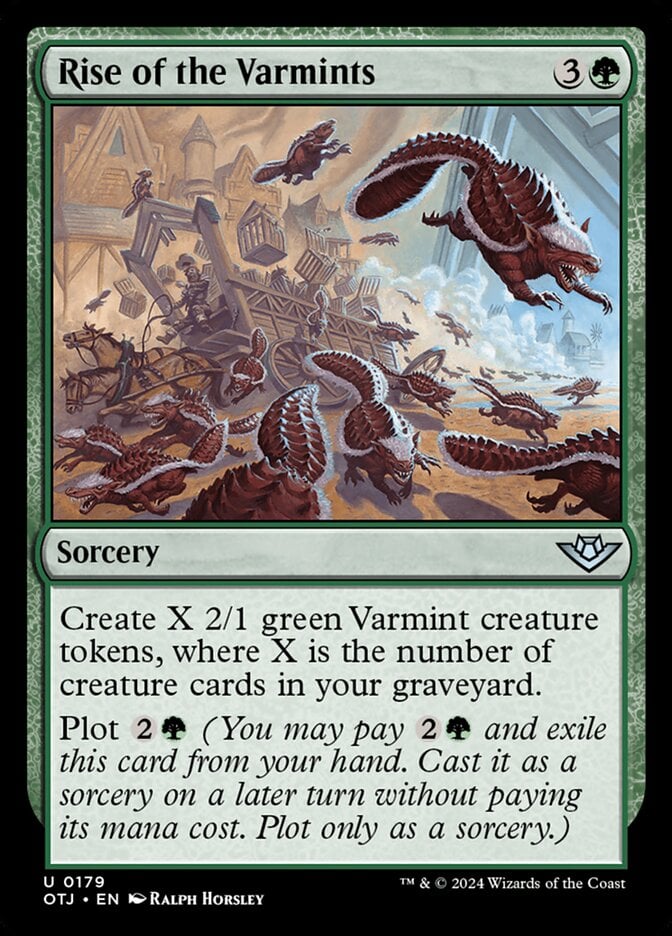
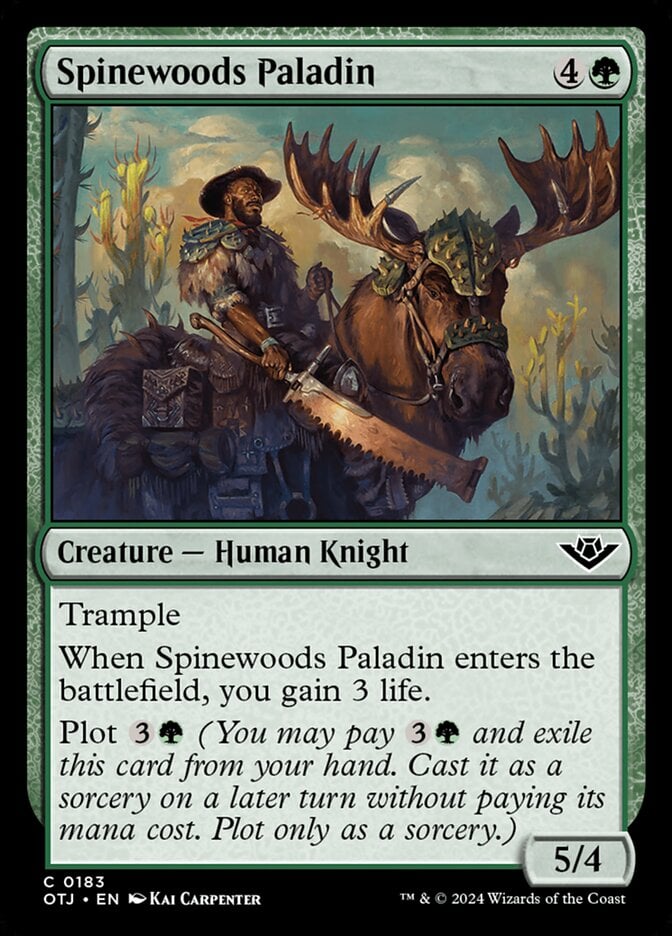
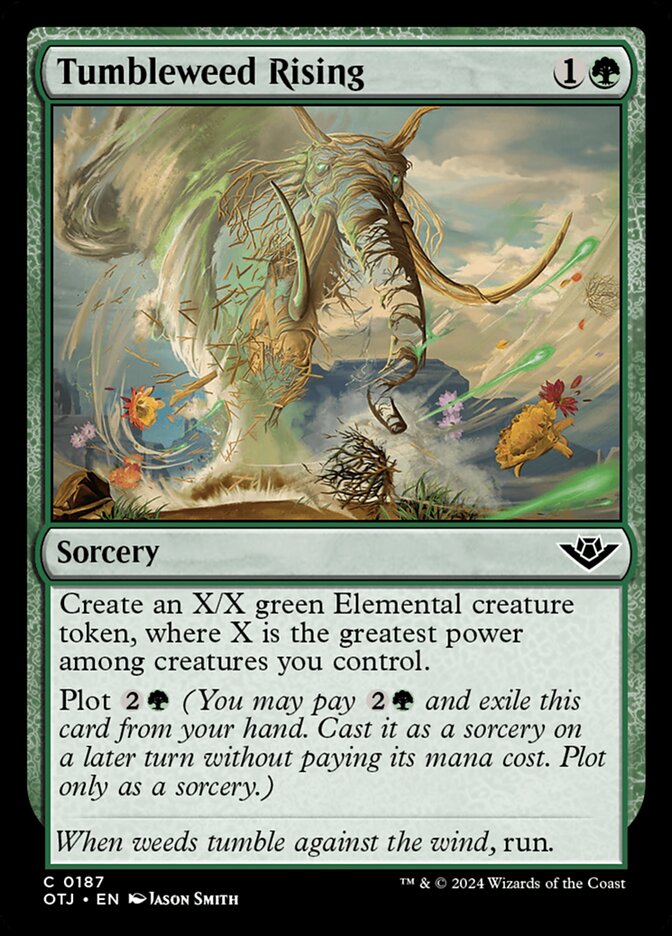
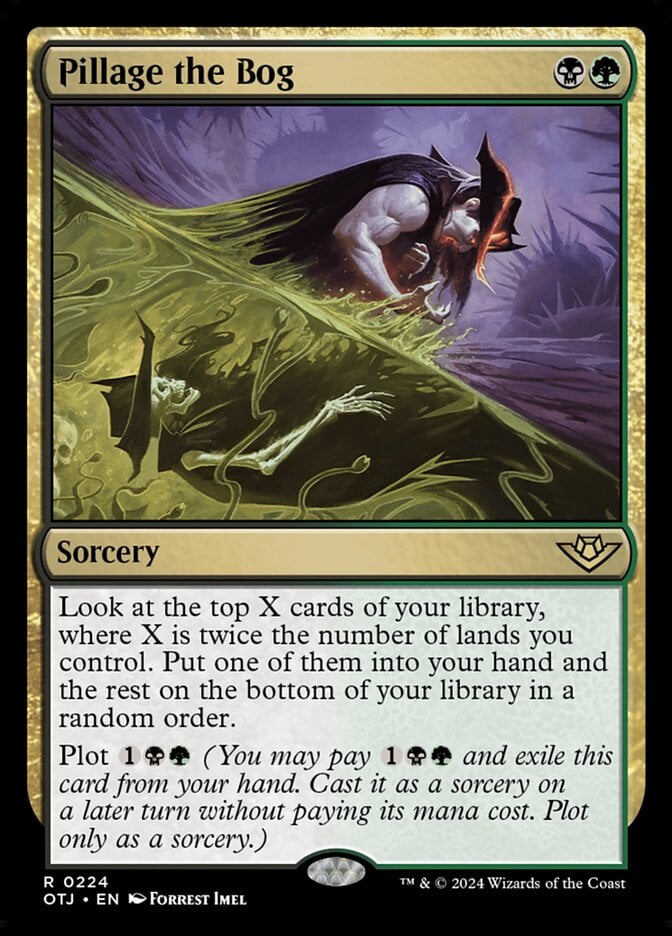

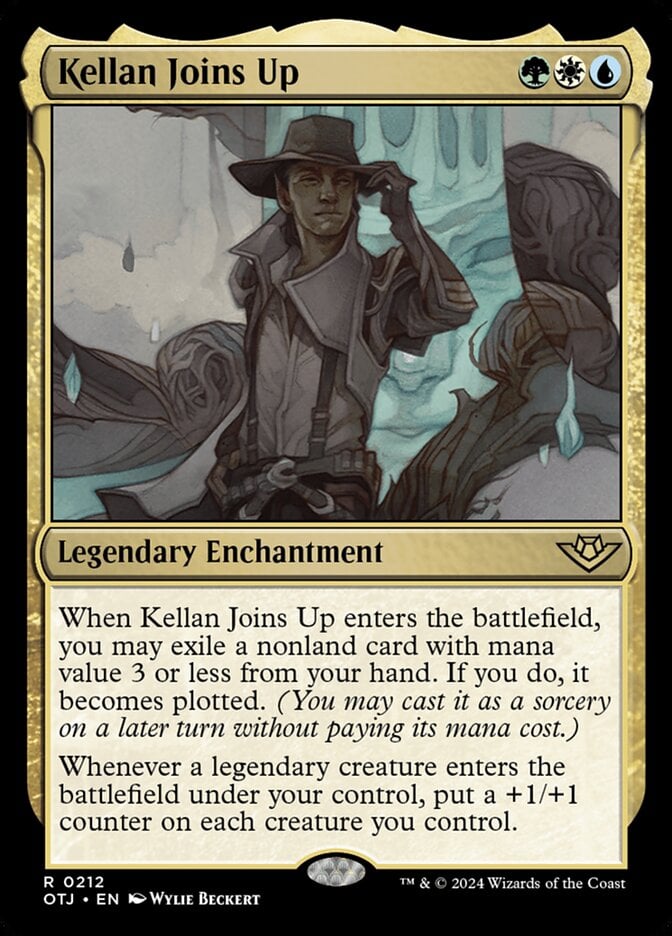
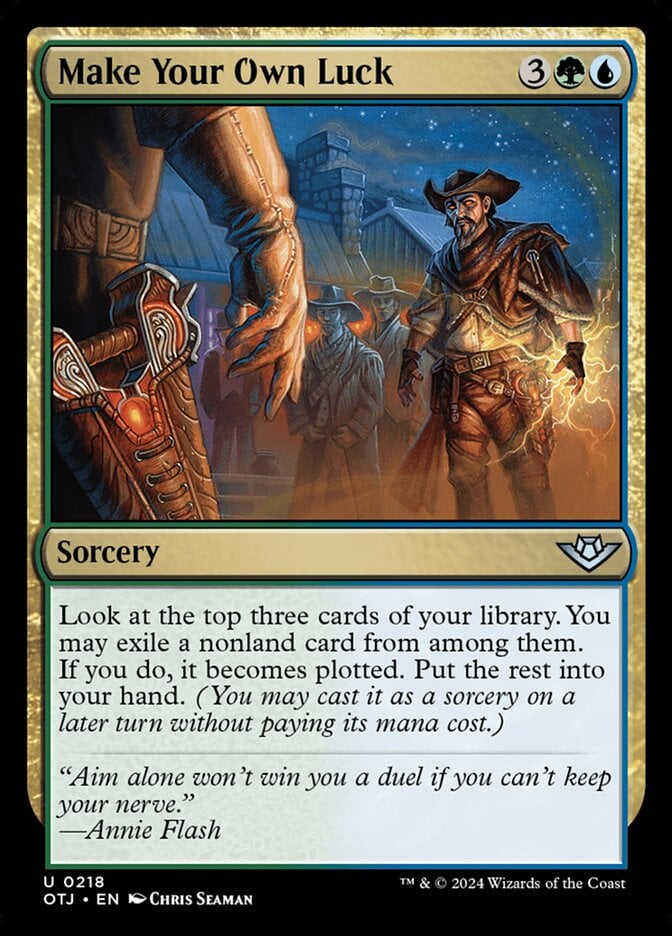


Add Comment